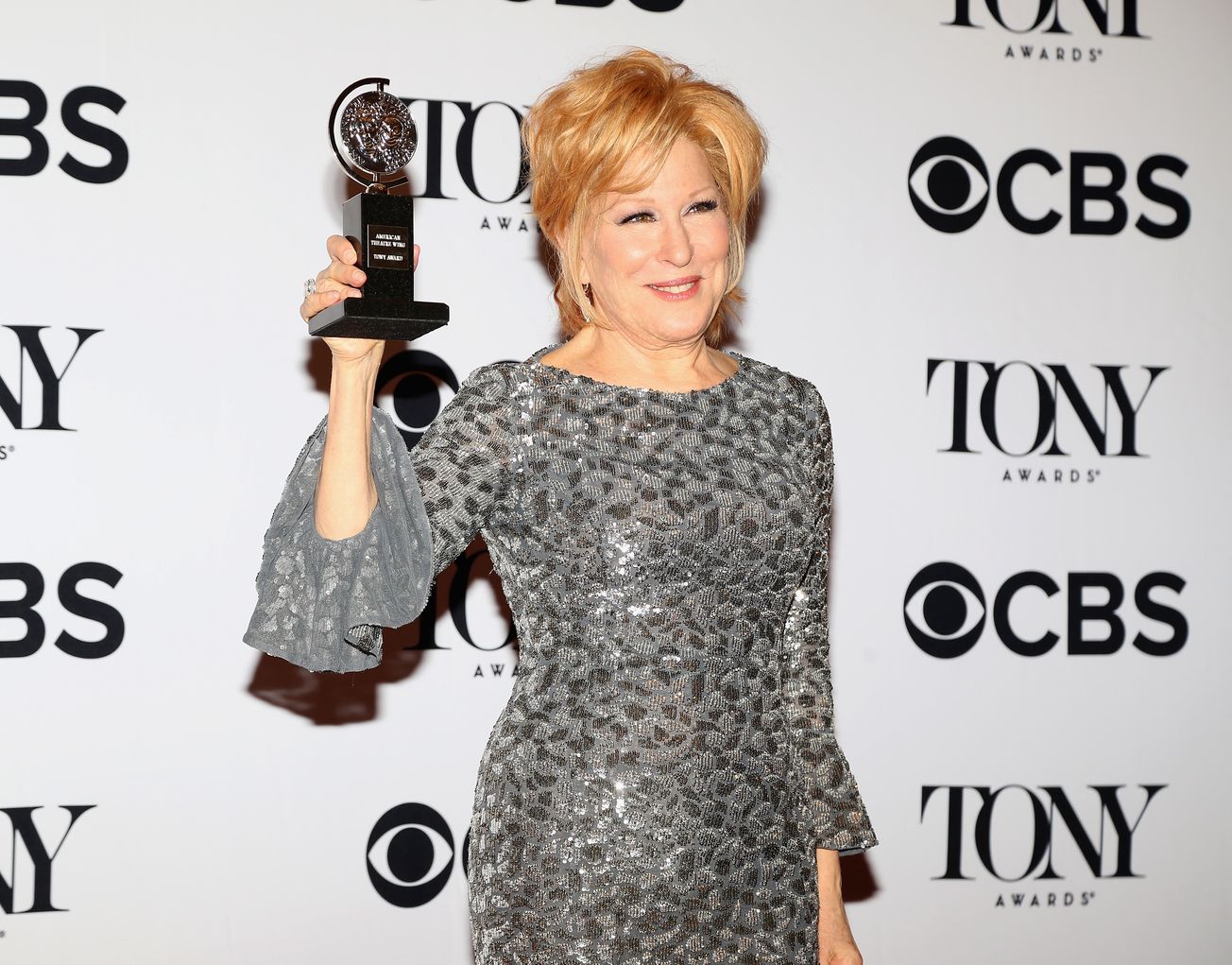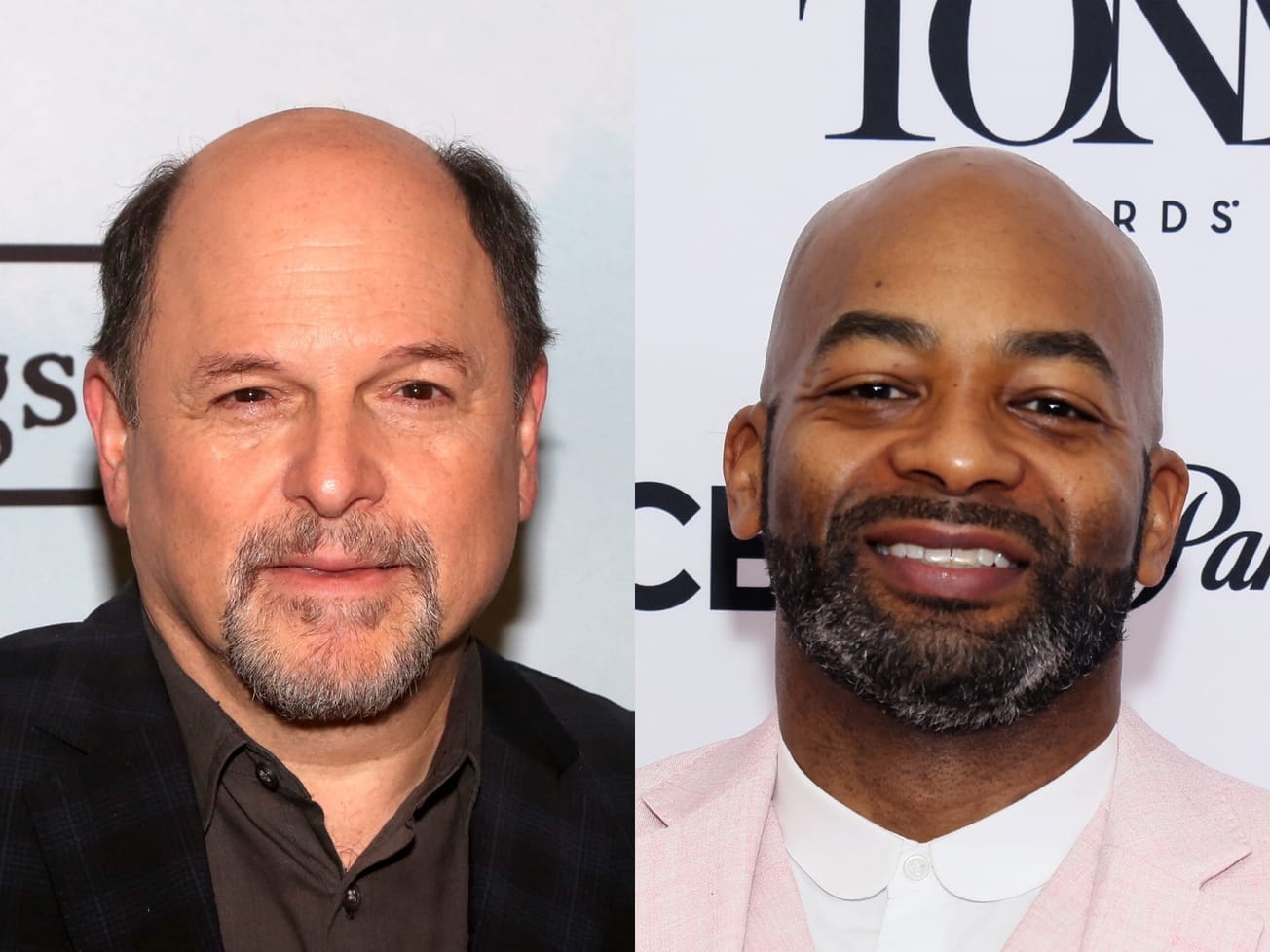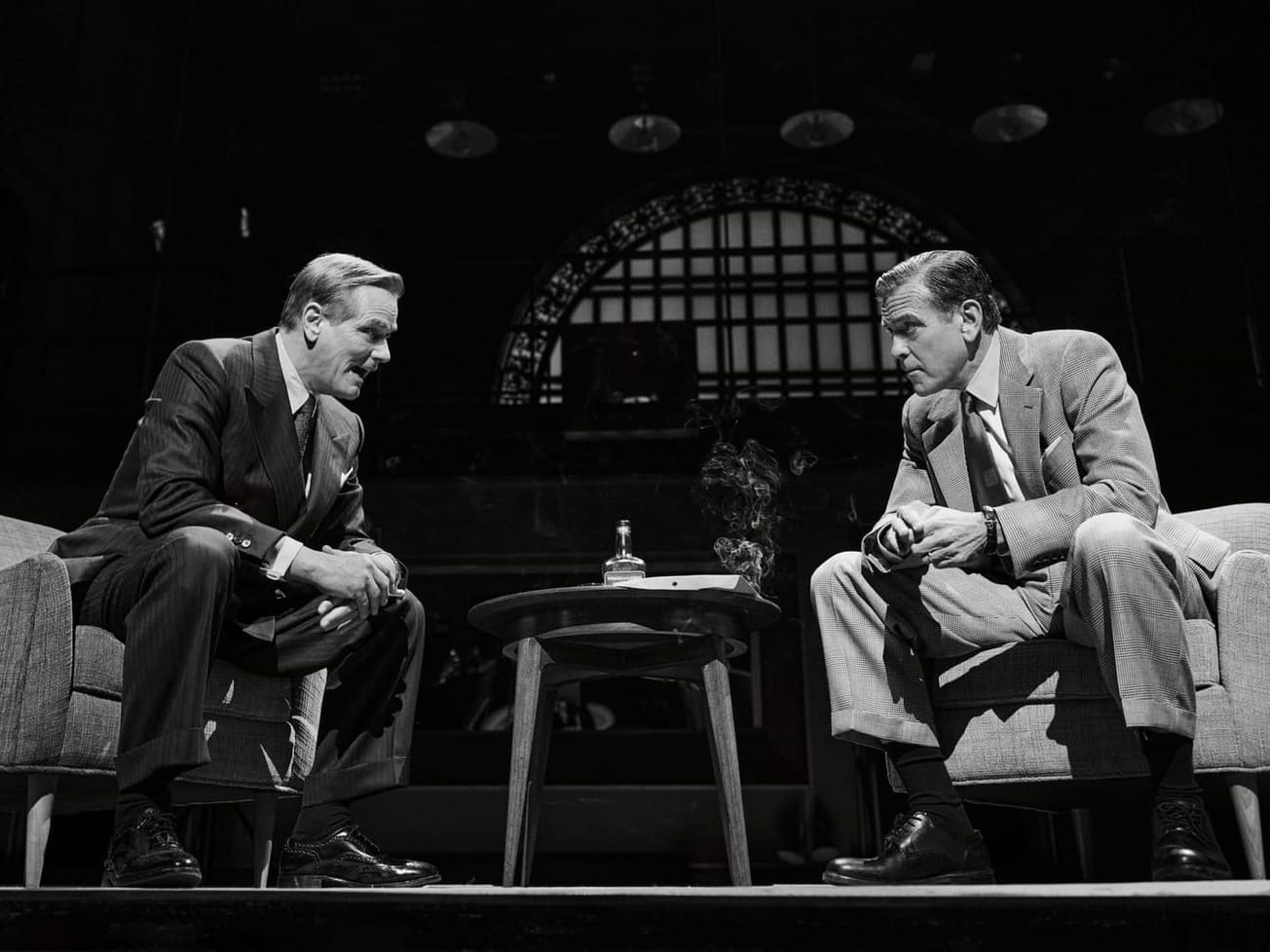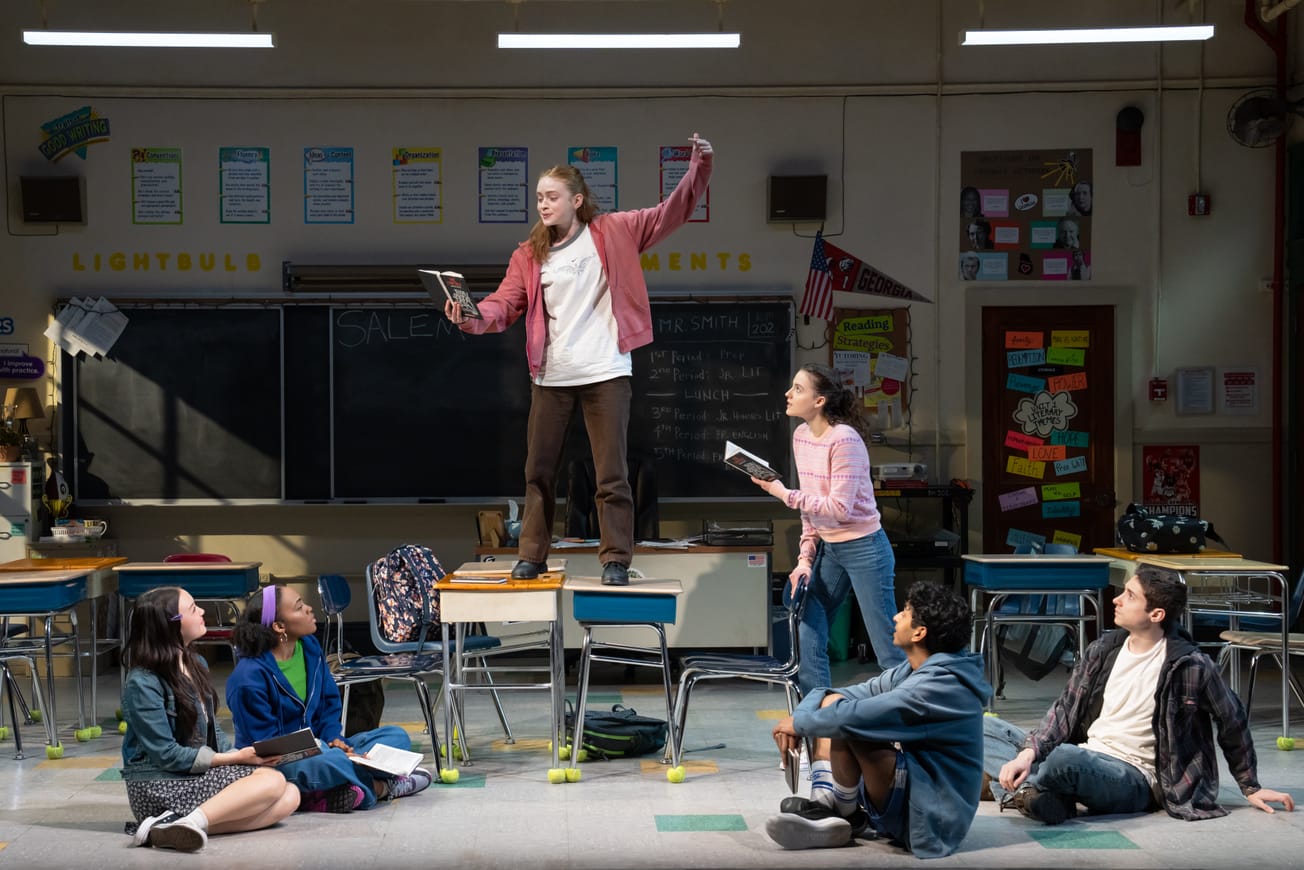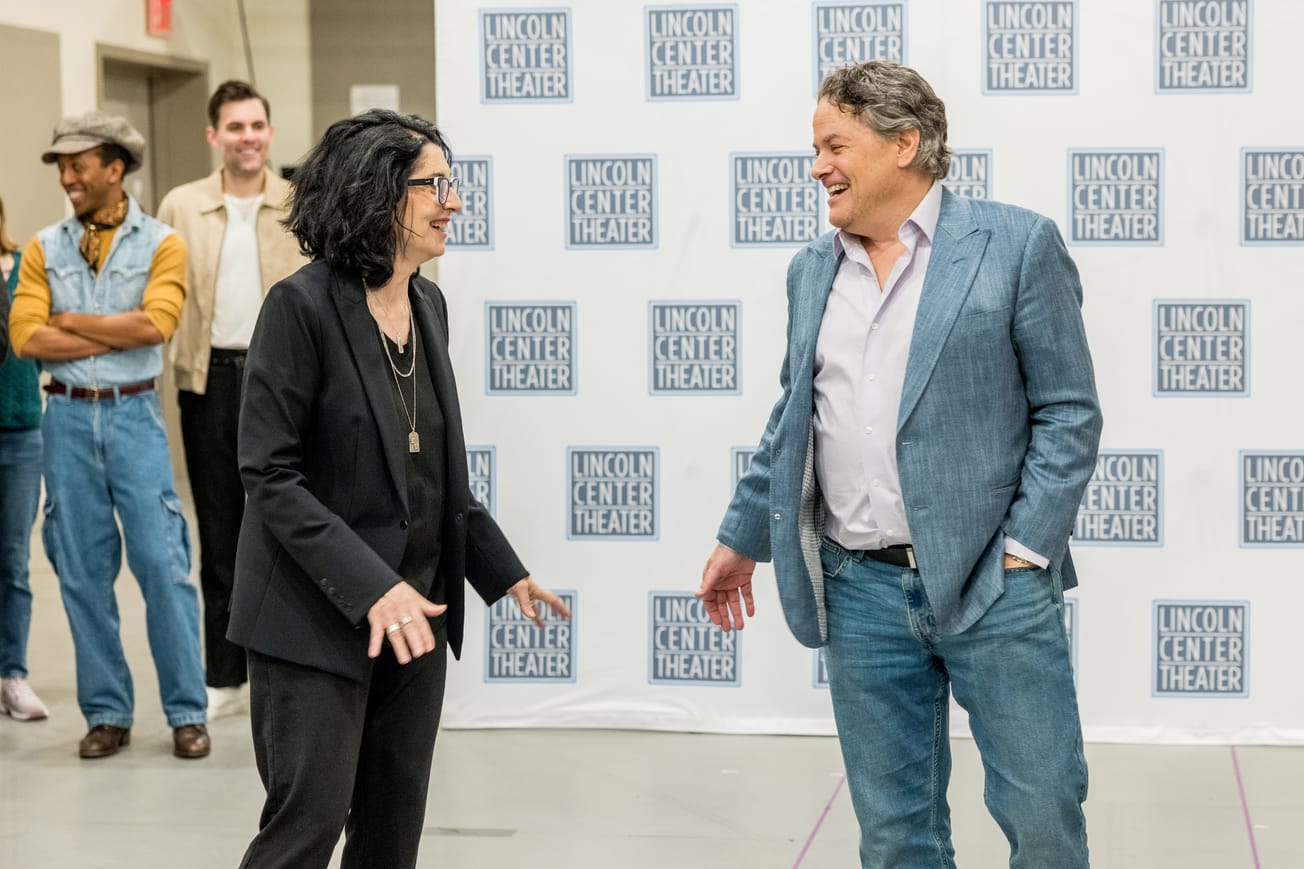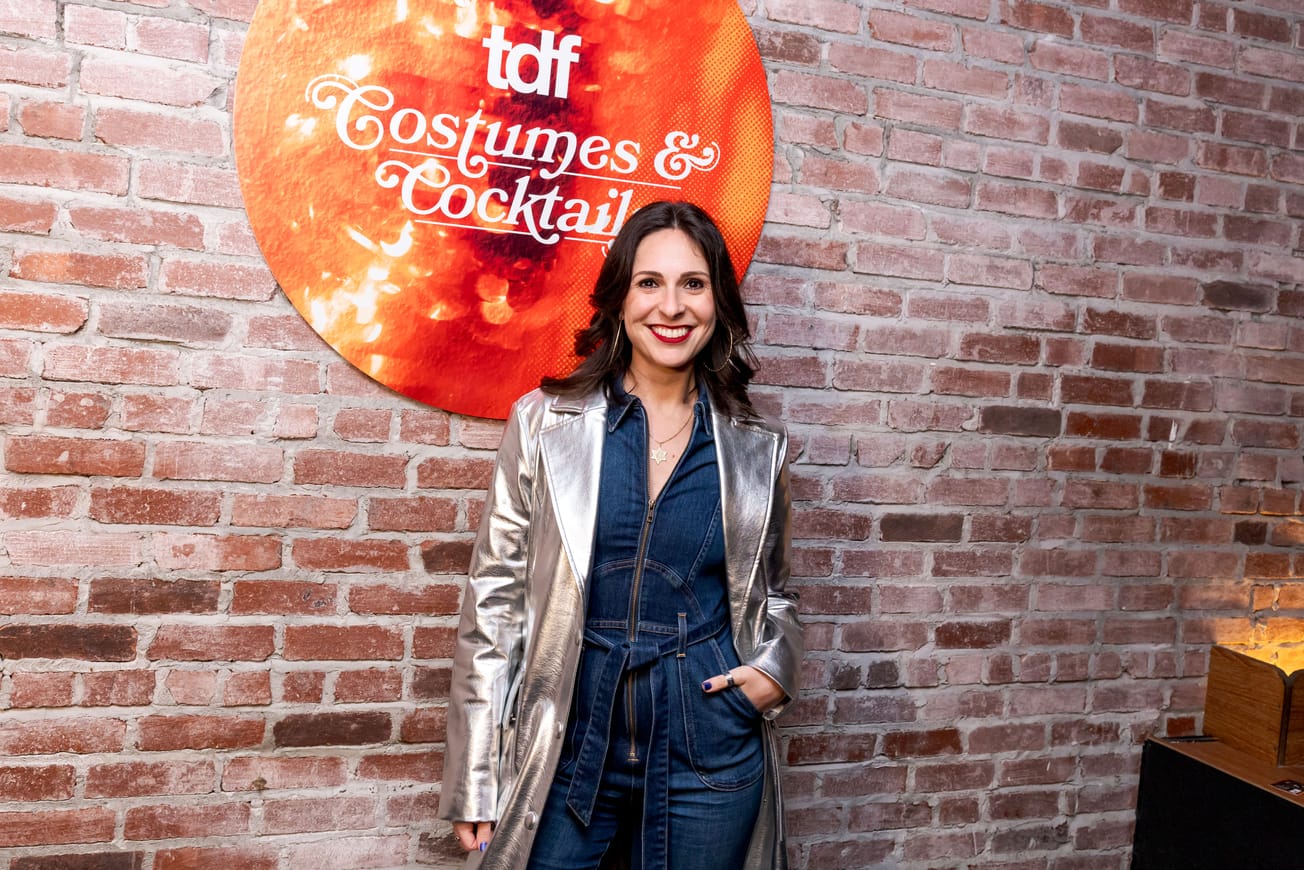In 2017, Bette Midler seemed to be back where she belongs.
As Dolly Gallagher Levi in “Hello, Dolly!,” Bette Midler won the 2017 Tony Award for best actress in a leading role in a musical, among numerous other awards, and helped the musical break the Shubert Theatre’s box office record 12 times. Even before Midler began performances, “Hello, Dolly!” brought in the largest pre-performance advance sale in Broadway history.
Because of her impact on the industry, Broadway Briefing, the theater industry newsletter owned by the publisher of Broadway News, selected Midler as the 2017 Broadway Showperson of the Year, an honor presented to “the person or persons who most influenced Broadway this year.”
In the Briefing, David Hyde Pierce wrote about how his co-star developed the role:
It happened when we were about a week and a half into rehearsal. Bette had been focused, intense, demanding, funny and surprisingly self-effacing for a goddess. She’d said to the company on our first day together, “You all sing better than me and dance better than me.” Then she added, “but you’re not funnier than me,” and got a big laugh, making her point. Bette particularly admired and respected the members of the ensemble, their work ethic, dedication, and skill, and she didn’t want to disappoint them.
She also had tremendous respect for “Hello, Dolly!” itself, for its legacy and history, and particularly for Carol Channing and the performance she had created. Bette read, watched and listened to anything and everything Dolly-related, wanting to live up to all that history, to honor it and to build on it where possible. And she had her own standards to live up to—never settling, always questioning, never tiring (though frequently exhausted). So Bette disappeared into the work—immersed in the choreography, slogging through the songs, wrestling with Dolly’s f’ing handbag that seemed to be always across the room when she needed it and always on her arm when she didn’t—just another member of our collaboration of craftspeople, working her ass off.
And then, that week and a half into rehearsal, she sang “Before the Parade Passes By.” She’d sung it in rehearsal before, but this time, for the first time, it was Bette. That voice—smoky, tremulous, rich, glowing—the voice we knew from concerts and albums and soundtracks—that was now Dolly’s voice. Time stopped. The room fell silent, then erupted into cheers and applause (which is exactly what now happens nightly at the Shubert Theatre).
Dolly was made for Bette, and vice versa, and I’m having the time of my life playing with her. I’ve learned and laughed a lot, and I admire that though she has a unique and generous connection with the audience, it is never at the expense of her partners on stage—she has a unique and generous connection with us too. Many stars have presence; Bette is presence. Many stars take the stage; Bette gives the stage, and herself, and all of us lucky enough to be on the stage with her.


















































